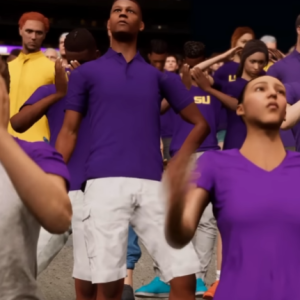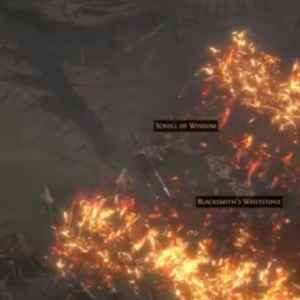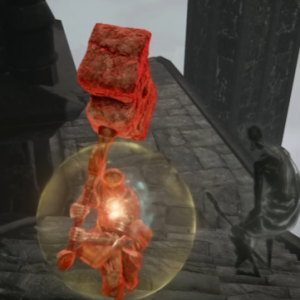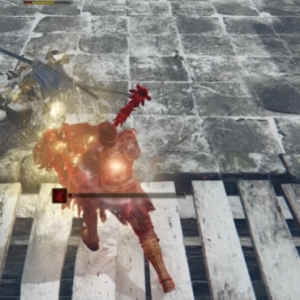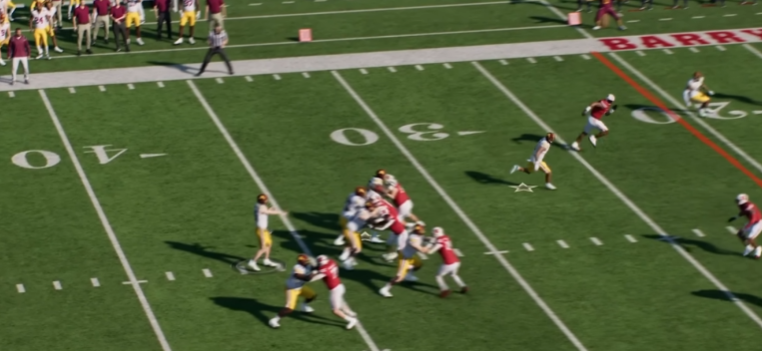Expecting and Reacting to Muffed Punts in Snowy or Icy Conditions
Muffed punts become more common in snowy or icy conditions in College Football 25 due to the difficulty of fielding a slick, unpredictable football. A muffed punt occurs when the returner fails to cleanly catch the ball, creating a loose-ball situation that can result in a turnover or a significant field position swing. Special teams players must anticipate these errors and react quickly to capitalize on them.
Muffed punts become more common in snowy or icy conditions in College Football 25 due to the difficulty of fielding a slick, unpredictable football. A muffed punt occurs when the returner fails to cleanly catch the ball, creating a loose-ball situation that can result in a turnover or a significant field position swing. Special teams players must anticipate these errors and react quickly to capitalize on them.
1. Recognizing the Increased Likelihood of Muffed Punts
In winter conditions, returners face multiple challenges when attempting to secure a punt, including:
In winter conditions, returners face multiple challenges when attempting to secure a punt, including:
Reduced visibility due to CFB 25 Coins falling snow, making it harder to track the ball.
Unpredictable bounces caused by ice-covered fields.
Slippery gloves and uniforms, make it more difficult to College Football 25 Coins for sale secure the football.
Wind gusts alter the ball’s flight path, increasing the risk of misjudgment.
Because of these factors, your punt coverage team must expect a muffed punt on nearly every kick in extreme weather.


